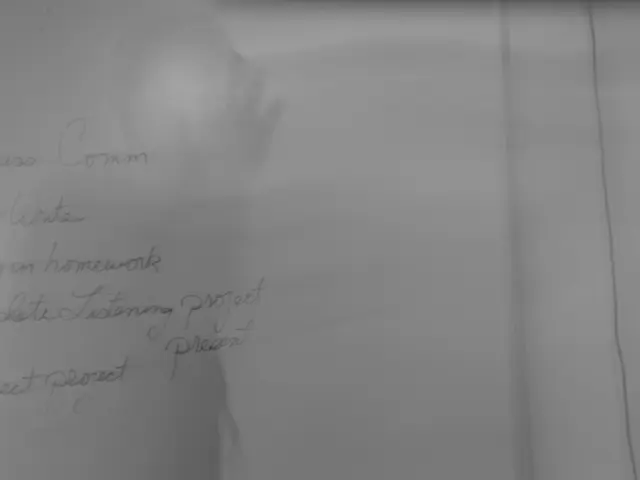Romania's RO e-Factura: Mandatory B2B & B2C E-Invoicing in Effect
Romania has implemented a comprehensive e-invoicing system, RO e-Factura, with significant changes and penalties in effect. The system, using the RO_CIUS format aligned with EN 16931, has seen mandatory B2B e-invoicing since 2024, with B2C following in 2025. Fines for non-compliance have also been introduced.
Romania's e-invoicing system, RO e-Factura, operates through the SPV platform, offering centralized clearing and validation. Mandatory B2B e-invoicing was introduced on 1 January 2024, covering Romanian-established businesses and non-established VAT-registered taxpayers with a place of supply in Romania. B2C e-invoicing followed suit from 1 January 2025, impacting Romanian-established suppliers.
The system requires e-invoices to be issued in the RO_CIUS format and submitted within 5 calendar days. Invoices are accessible to buyers for 60 days and must be archived for 10 years. Companies that are associations, foundations, or farmers are exempt until June 30, 2025.
Fines for late or missing transmission of e-invoices range from 1,000 to 10,000 RON, depending on the size of the taxpayer. B2B fines have been in force since April 2025, with B2C fines following in July 2025. Compliance hinges on establishment status and whether the place of supply is in Romania.
Romania's RO e-Factura system has significantly transformed invoicing processes, with mandatory B2B and B2C e-invoicing in place since 2024 and 2025 respectively. The system's strict deadlines and penalties for non-compliance highlight the importance of adherence to the new rules. Businesses are advised to ensure they understand and comply with the e-invoicing requirements to avoid potential fines.
Read also:
- User Data Analysis on Epic Games Store
- EU Facing Escalating Cyber Threats, Public Administration Most Targeted
- Rachel Reeves conducts a discussion with Scott Bessent and financial executives, focusing on investment matters
- Hyundai accelerates production plans: Introducing 7 new N models, aiming for a sales figure of 100,000 units by 2030.







